In the grand narrative of scientific discovery, certain names echo through history with reverence—Darwin, Einstein, Pasteur. Yet scratch beneath the surface of these well-chronicled breakthroughs, and you’ll find a quieter, more unsettling truth: the women who shaped biology’s foundations often worked in the shadows, their contributions erased by time, institutional bias, or outright appropriation. This isn’t merely about overlooked assistants; these were pioneering minds who decoded life’s mechanisms while navigating a world that refused to see them as equals.
Consider the case of Nettie Stevens, whose 1905 discovery of sex chromosomes overturned centuries of speculation about human reproduction. Before her meticulous work with mealworm beetles, biologists clung to Aristotelian notions that environmental factors—like a mother’s diet—determined a baby’s sex. Stevens’ microscopic slides revealed the stark reality: X and Y chromosomes held the answer. Yet Thomas Hunt Morgan, her male colleague (and eventual Nobel laureate), initially dismissed her findings before later incorporating them into his famed genetics research. By the time the scientific establishment accepted chromosomal sex determination, Stevens had died of breast cancer at 50, her name fading from textbooks.
The pattern repeats with chilling regularity. Rosalind Franklin’s X-ray crystallography images of DNA—particularly Photograph 51—provided the linchpin for understanding its double-helix structure. James Watson would later admit in his memoir that he accessed her unpublished data without permission, yet the 1962 Nobel Prize went solely to Watson, Crick, and Wilkins. Franklin’s meticulous methodology and critical insights were reduced to a footnote, her death from ovarian cancer at 37 ensuring she’d never contest the narrative. What few acknowledge is how her parallel work on virus structures revolutionized molecular biology independently of the DNA saga.
Even when women achieved recognition, their legacies faced systematic erosion. Barbara McClintock spent years being ridiculed for her theory of "jumping genes" (transposons), only to win a belated Nobel in 1983—three decades after her initial discoveries. Male contemporaries dismissed her findings as "maize genetics nonsense" until technology advanced enough to prove her correct. Similarly, Lynn Margulis endured vicious skepticism for her endosymbiotic theory, now a cornerstone of evolutionary biology. Her male detractors called it "fantasy science"; today, every biology student learns that mitochondria were once free-living bacteria.
The erasure extends beyond individual stories into entire fields of study. Rebecca Lancefield’s classification system for streptococci bacteria in the 1920s remains the gold standard in microbiology, yet her name is absent from most medical school curricula. Esther Lederberg’s development of replica plating—a technique fundamental to genetics research—was overshadowed by her husband Joshua’s Nobel-winning work using that very method. And who remembers Martha Chase, the young lab assistant whose 1952 "blender experiment" with Alfred Hershey definitively proved DNA (not protein) carried genetic information? Hershey alone received the Nobel.
Why does this historical amnesia persist? Partly, it’s the myth of the lone (male) genius, a cultural trope that frames scientific breakthroughs as sudden eureka moments rather than collaborative, iterative processes. Women biologists often worked as part of teams, their contributions labeled as "technical support" rather than intellectual leadership. Publication biases compounded the issue; many female researchers saw their papers rejected or buried in lesser journals. Even when published, citations skewed male—a 2019 study found papers by women in life sciences are cited 30% less than comparable work by men.
Modern efforts to rectify these omissions remain fraught. The Nobel Prize has never awarded a woman in biology for work done independently of male collaborators. While institutions now celebrate "forgotten" women scientists through exhibitions and posthumous honors, these gestures risk feeling performative without systemic change. Current data shows female biologists still face higher rates of paper rejections, lower funding allocations, and disproportionate childcare-related career interruptions.
Perhaps the most insidious aspect is how these omissions distort science itself. When half the population’s perspectives are excluded from research priorities, entire domains go unexplored. For instance, male-dominated medical research long treated heart disease as a "male" condition, leading to misdiagnoses in women. In biology, assumptions about passive female roles in reproduction delayed understanding of female reproductive agency in species from fruit flies to humans. Each erased woman scientist represents not just a personal injustice, but a collective loss of knowledge.
The stories of these women demand more than token acknowledgment; they require a fundamental reimagining of how we chronicle scientific progress. Biology didn’t advance despite these women—it advanced because of them. Their microscopes revealed nature’s truths not in spite of their womanhood, but through the unique perspectives it afforded. As we sequence genomes and manipulate DNA with tools these pioneers helped create, remembering their names isn’t just about justice—it’s about seeing science’s true history clearly for the first time.
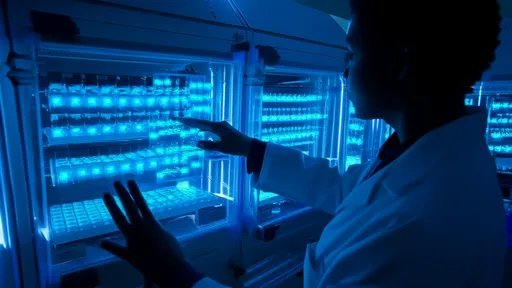
By /Jul 3, 2025
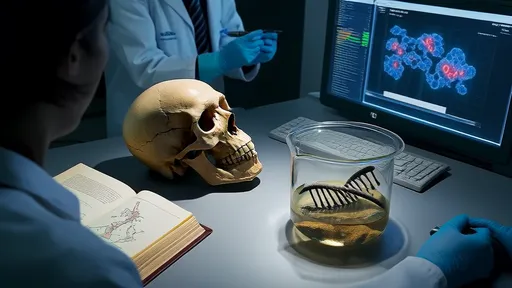
By /Jul 3, 2025
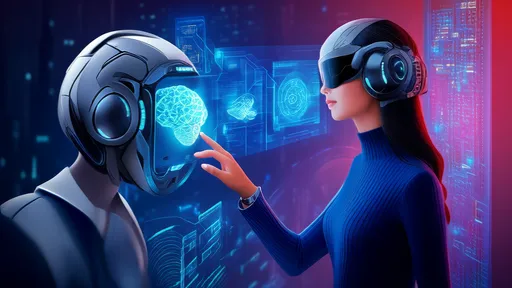
By /Jul 3, 2025

By /Jul 3, 2025
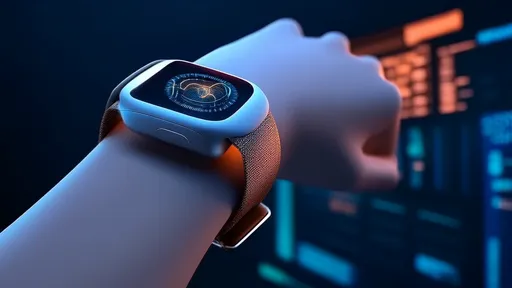
By /Jul 3, 2025

By /Jul 3, 2025

By /Jul 3, 2025
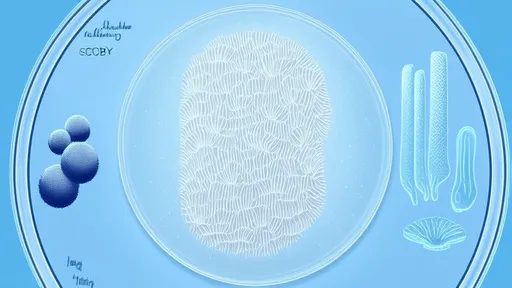
By /Jul 3, 2025
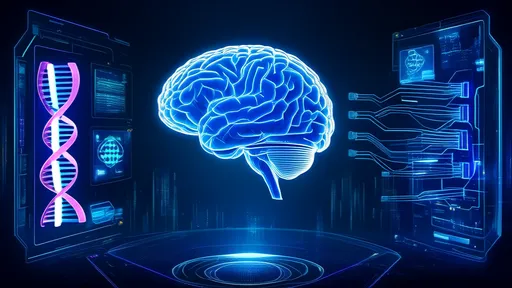
By /Jul 3, 2025

By /Jul 3, 2025
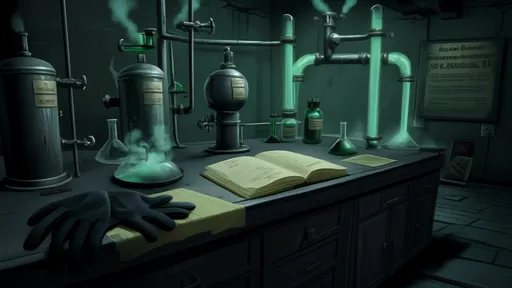
By /Jul 3, 2025
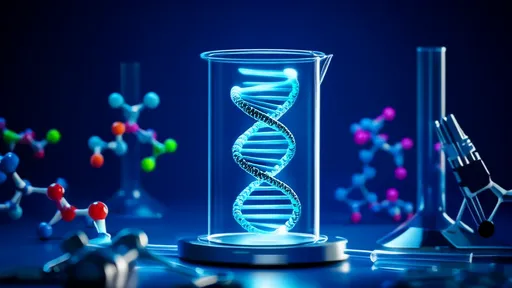
By /Jul 3, 2025
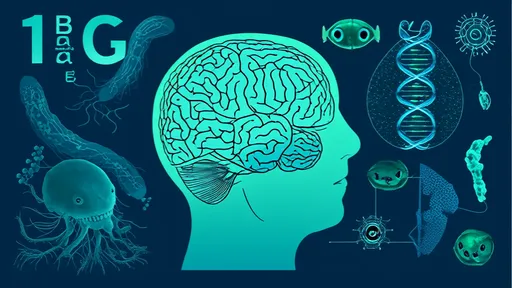
By /Jul 3, 2025
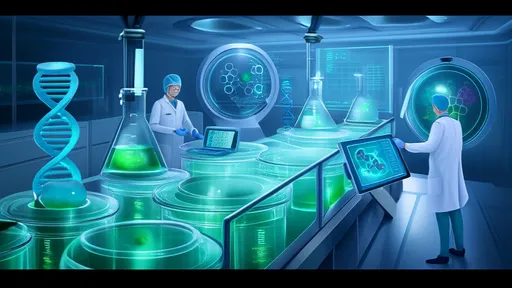
By /Jul 3, 2025
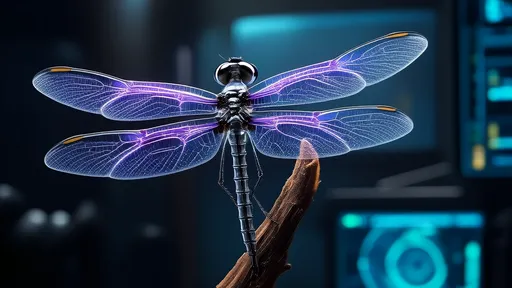
By /Jul 3, 2025
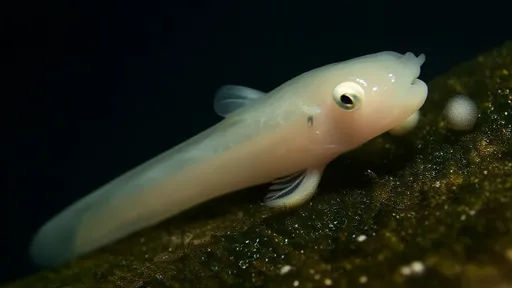
By /Jul 3, 2025
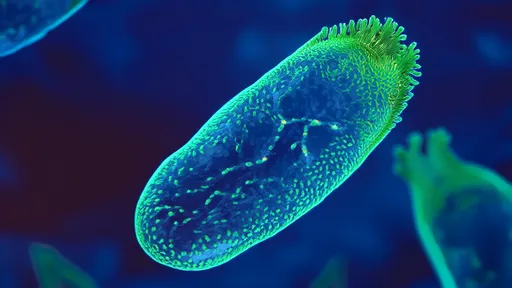
By /Jul 3, 2025
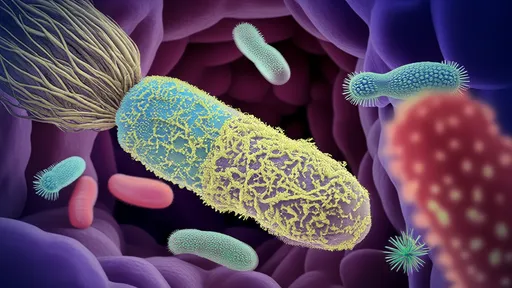
By /Jul 3, 2025
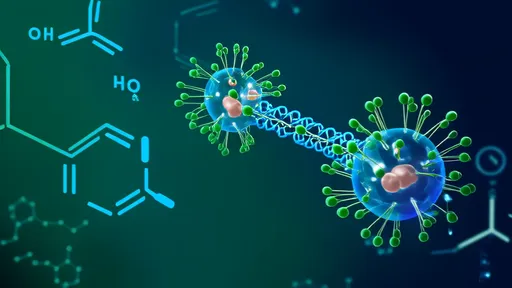
By /Jul 3, 2025
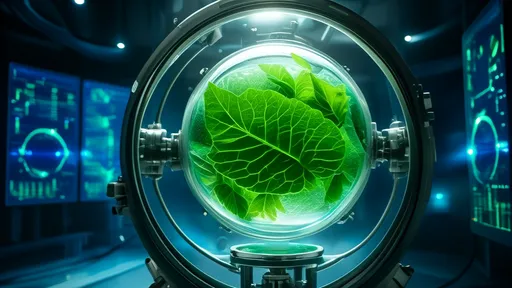
By /Jul 3, 2025